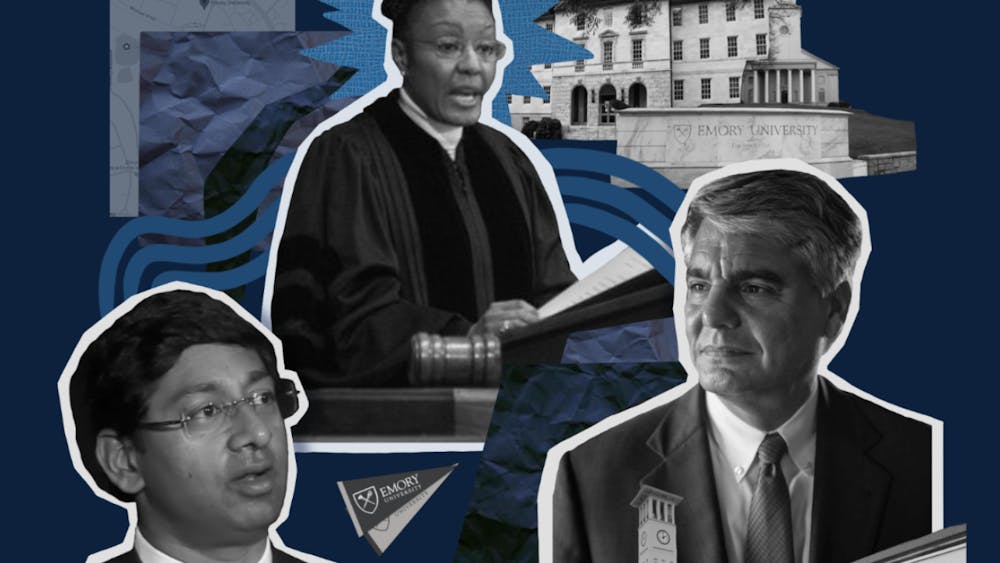
Note: Names of faculty members who spoke during the meeting have been omitted in accordance to the terms that allowed the Wheel to attend the meeting. This article is a continuation of coverage on the faculty meeting that began and was adjourned on Feb. 11.
Faculty members returned to White Hall on Feb. 18 to finish voting on the proposed faculty bylaw revisions, a process that began last week. These bylaw revisions passed by faculty vote and will involve the formation of the inaugural College Senate by election by May 1.
Resuming where discussion had left off the week prior, the meeting started at just after 4 p.m. Most of the issues raised by faculty consisted of clarification or rewording of some proposed language, but there were several topics that generated controversy.
One provision that was held over from the previous version of the bylaws stated that all members of the Grievance Committee shall be tenured faculty members. This provision resulted in lengthy discussion of both the fairness of the provision and confusion over its original purpose. History Professor Clifton Crais, who led the presentation of the proposed bylaw revision as the Governance Committee (GovCom) Chair, told one speaker that it was difficult to know what it was intended to do.
“The intentions of [this] provision are not clear,” he said, emphasizing that the clause had been present for at least several decades.
Even the nature of the Grievance Committee was open to discussion.
“It’s kind of a catch-all [and its function is] not quite clear,” College Dean Robin Forman said in response to questions of the scope of the committee, which is intended to field all grievances that do not fall under the purview of another standing committee.
Several amendments to this provision were proposed, including attempts to include lecture-track faculty members, changing the language to include both tenured faculty and Professors of Pedagogy, Performance or Practice (the highest rank that a lecture-track faculty member might hold) and finally mandating a minimum number of Professors of Pedagogy, Performance or Practice in the provision.
All amendments failed.
As discussion moved to the Tenure and Promotion Committee, several common practices were codified and passed by the faculty as amendments, including the formal disallowance of two members of the same department sitting on the Tenure and Promotion Committee. The reasoning for not allowing one department to seat two committee members is that the bylaws forbid any committee member from serving on the committee at the times when it considers a potential promotion for a member of their own department; the committee is made up of nine members and two is a relatively large number.
Also changed were references to a timetable detailing staggered elections for members of this committee, as this table has been out of use for a number of years.
After the final presentation of the proposed bylaw revisions and their appendices finished, full open debate over the entire proposed document commenced.
Notably, an amendment to the initial proposed bylaws passed in the first session last week was repealed at this meeting. This amendment, which prohibited senators from being elected to committees, was removed from the bylaws by an overwhelming majority.
The final major discussion of the evening was over the definition of quorum for full faculty meetings, which, in the proposed bylaws, consisted of 25 percent of faculty while allowing for up to 20 percent on leave. One speaker raised the concern that this number was not feasible because of apathy amongst the faculty towards attending these meetings.
Crais answered these concerns by pointing out that faculty meetings were to be reduced to only two per academic year and, based on his research, that a quorum of 25 percent encouraged involvement and that any lower would encourage non-attendance because it would appear less vital.
After debate had finished, Forman called the proposed bylaw revisions to vote.
The final vote passed 100 to four.





